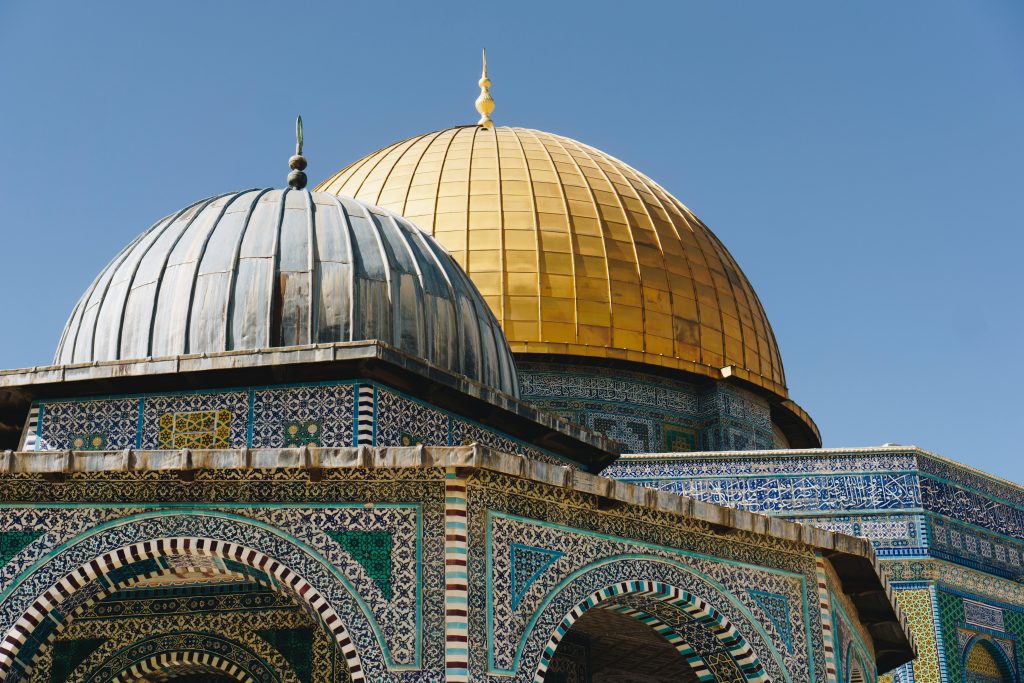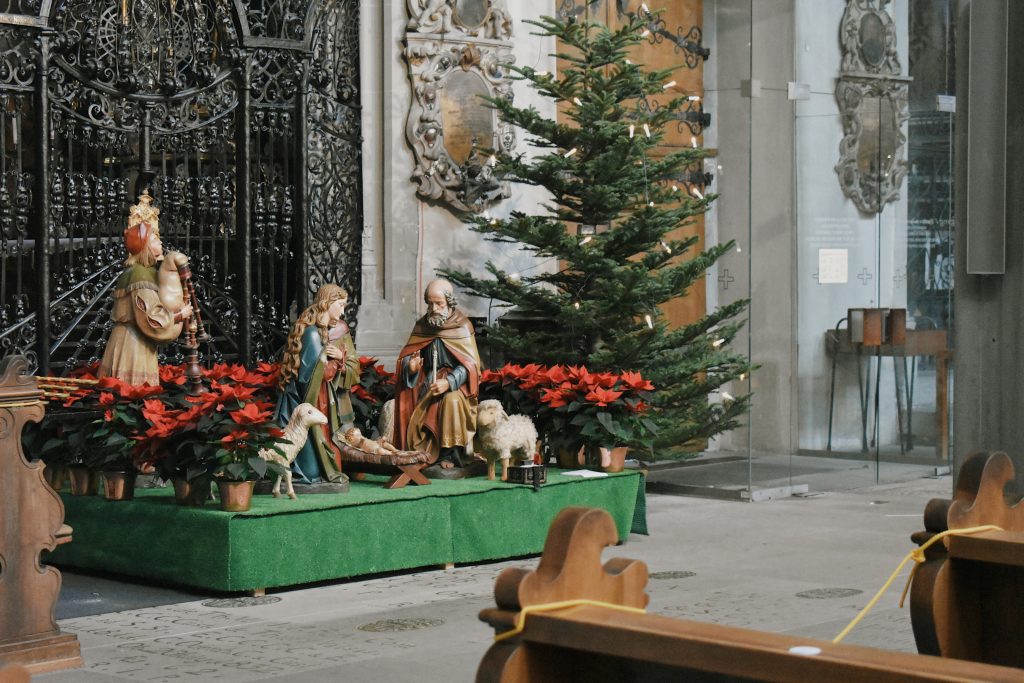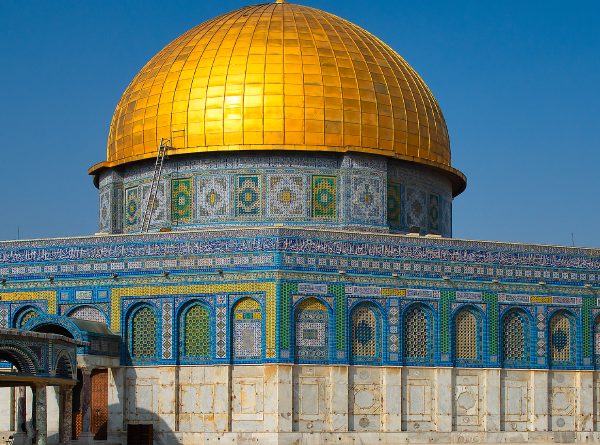A trip to the Holy Land through Israel and Palestine offers a profound and transformative experience that delves into the rich history and spirituality of the region. Travelers can immerse themselves in the stories and traditions of Christianity, Judaism, and Islam by visiting significant sites such as Jerusalem, Bethlehem, Nazareth, and the Sea of Galilee. A trip here can provide a one-of-a-kind perspective on the practices, customs, and beliefs of the people who make this area their home.
Jerusalem, Bethlehem, Nazareth, and the Sea of Galilee may be some of the most significant stops along this voyage. Your knowledge of the common origins of Christianity, Judaism, and Islam can be enhanced by traveling to each location, as each one holds a specific meaning for the respective religious communities it is sacred.
The Jerusalem
Jerusalem is one of the world’s oldest and most important cities. It has a rich past that goes back thousands of years. Jews, Christians, and Muslims consider it a holy city, home to many important religious places and landmarks.
It’s important to acknowledge that the Holy Land of Palestine is not without its complexities and challenges. The region’s history is intertwined with political, social, and religious complexities shaping its present-day realities. By approaching the trip with an open mind and a willingness to listen and learn, travelers can gain a nuanced perspective and a greater appreciation for the diverse narratives within these sacred lands.
Jerusalem is the holy city for Jews because the old Temple and the Western Wall, considered the last piece of the Temple, are located. The Romans burned the Temple in the year 70 CE, but Jews have kept praying at the Western Wall ever since. The Jewish Quarter is one of the Old City’s four quarters in Jerusalem.
Jerusalem is a holy city for Christians because it is where many important things happened in the life of Jesus, like his execution and resurrection. The Church of the Holy Sepulchre in the Old City is thought to be the place where Jesus was crucified, buried, and raised from the dead. The Via Dolorosa, the road that Jesus is said to have taken on the way to his crucifixion, also goes through the Old City.
The Dome of the Rock and the Al-Aqsa Mosque are in Jerusalem, which Muslims consider the third holy city after Mecca and Medina. The Dome of the Rock is thought to be where the Prophet Muhammad went to heaven. The Al-Aqsa Mosque, on the other hand, is the third holiest place in Islam.
Jerusalem is important for religious reasons, but it is also a lively, diverse city with a rich cultural history that shows how many different people have lived there. People can discover the markets and alleyways of the Old City, go to museums and art galleries, eat traditional food, and see how this city is a unique mix of old and new.

The Bethlehem
The Palestinian lands include the West Bank, which has the town of Bethlehem. It is about 10 kilometers south of Jerusalem, and people think it is where Jesus Christ was born. Bethlehem means “House of Bread” in Hebrew, and the town has a long past that goes back to ancient times.
The Church of the Nativity is the most well-known building in Bethlehem. It is one of the oldest churches in the world and is thought to have been built on the spot where Jesus was born. The Greek Orthodox, Armenian Apostolic, and Roman Catholic churches all work together to run the church, a famous place for pilgrims worldwide.
Aside from the Church of the Nativity, Bethlehem has a lot of historic buildings, museums, and markets that make up its rich cultural history. Traditional crafts from the town, like pottery, carvings made of olive wood, and needlework, are well-known in the area and make great gifts for tourists.
But because of the ongoing Israeli-Palestinian dispute, Bethlehem has also been through many hard times in recent years. The town is surrounded by a wall and checkpoints, making it hard for people and things to move around and hurting the area’s economy. The political situation can also make tourists feel uncertain and tense.
Exploring the Holy Land of Palestine goes beyond mere sightseeing; it provides a deeper understanding of the people, cultures, and faiths that have shaped the region for centuries. Engaging with local communities, conversing with residents, and supporting local businesses foster meaningful connections and offer a glimpse into the daily lives of those who call this land home.
Despite these problems, many attend Bethlehem to learn about its history, culture, and spiritual meaning. A trip to Bethlehem can give you a unique look at the complicated problems in the area and give you a chance to get to know the people who live there.

Nazareth
The city of Nazareth is in the north of Israel. It is known for its religious and cultural history. It is Israel’s biggest Arab city, and both Muslims and Christians live there. Christians think that Jesus Christ was born and raised in Nazareth and spent much of his early life there. Nazareth is known for more than just its religious importance. It is also known for its rich cultural history. The city has many historic places, such as the Greek Orthodox Church of the Annunciation, the Church of St. Joseph, and an old synagogue from Roman times.
Nazareth is also the center of Palestinian culture in Israel. There are museums, art galleries, and cultural centers where people can learn about the past and the lives of the Palestinian people. The city hosts many festivals and events throughout the year, such as the International Jesus Trail Festival, which celebrates the area’s natural beauty and cultural history.

The Sea of Galilee
The Sea of Galilee is a freshwater lake in the north of Israel. It is the country’s largest freshwater lake. It is about 13 miles long and 8 miles wide. It is about 686 feet below sea level, making it the world’s lowest freshwater lake. The Sea of Galilee is also called Lake Tiberias, Lake Kinneret, and the Sea of Chinnereth, among other names.
The Sea of Galilee is important in history and religion, especially for Christians. It’s talked about a lot in the New Testament, and many essential things in Jesus’ life are said to have happened on or near the lake, like when he walked on water and stopped a storm. During the time of the Second Temple, when the lake was a big part of Jewish life, it was also a place where many influential Jewish thinkers and people lived.
Today, tourists and guests come to the Sea of Galilee to enjoy its natural beauty, peaceful atmosphere, and historical and cultural importance. Visitors can take a boat ride on the lake, see historical places like the ancient city of Capernaum, and enjoy the many ways to have fun in the area, such as swimming, fishing, and hiking. The Sea of Galilee is also important to the area’s business, especially regarding farming and tourism.
A journey to the Holy Land of Palestine is an opportunity for personal growth and reflection. It allows travelers to witness the convergence of ancient traditions with modern realities, fostering reverence and appreciation for the enduring spiritual significance of this remarkable place. The memories and insights gained from such an experience will continue to resonate long after the journey concludes.

How to go to Holy Land Through Israel and Palestine
There are many ways to get to the Holy Land through Israel and Palestine. Here are a few popular choices:
- By Air – Most people get to Israel and Palestine by plane. There are several large international airports in the area, such as Ben Gurion International Airport in Tel Aviv, Israel, and Queen Alia International Airport in Amman, Jordan. Once you get there, you can get to where you want to go by car, bus, or taxi.
- By Land – Israel and Palestine can also be reached by road from Jordan, Egypt, or Lebanon, all close by. Several border crossings allow passage, but before beginning this trip, it is essential to check the current travel limits and requirements.
- By Sea – Some cruise lines offer packages that include stops in Israel and Palestine, such as Haifa and Ashdod in Israel and Ashdod and Jaffa in Palestine. This can be a convenient way to visit multiple destinations in the region.
Once you get to Israel or Palestine, you can drive, take a bus, or take a taxi to where you want to go. There is also public transportation, like buses and trains, but it’s essential to know that plans and routes can change depending on where you are and what time of year it is. It’s necessary to study and plan your trip ahead of time, especially if you want to visit religious sites, which may have specific visiting hours and ways to dress.
Conclusion
A trip to the Holy Land through Israel and Palestine is a unique and meaningful experience that can help you learn more about the roots of Christianity, Judaism, and Islam and the region’s spiritual and cultural history.
Ultimately, a trip to the Holy Land through Israel and Palestine offers an exceptional opportunity for self-discovery, cultural exploration, and spiritual enlightenment. It is a transformative experience that broadens horizons, deepens understanding, and leaves a lasting impact on those fortunate enough to embark on this sacred journey. By going to essential places like Jerusalem, Bethlehem, Nazareth, and the Sea of Galilee, talking to locals, and buying from local businesses, you can learn more about the people and the land and feel more connected to them. Even though the area is complicated and has problems, a trip to the Holy Land can be a life-changing and rewarding experience that stays with you for a long time.
Happy Travels!

